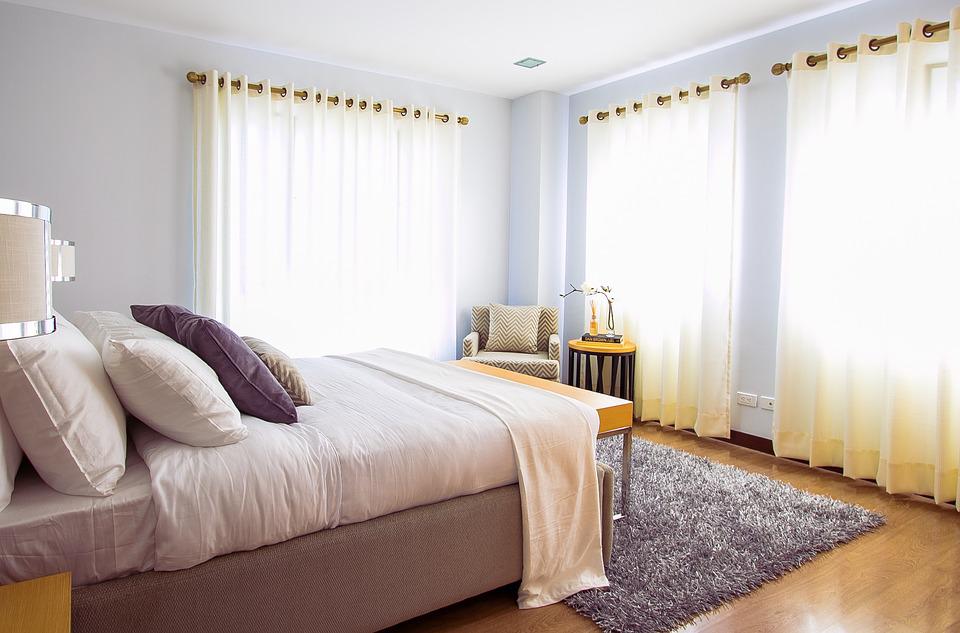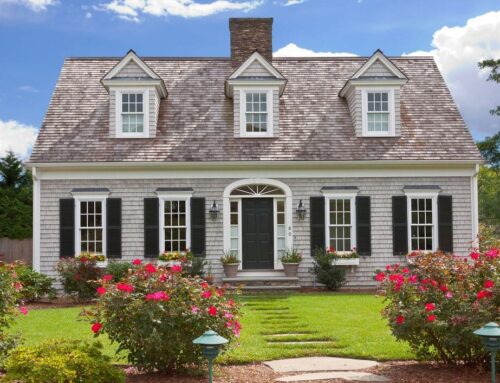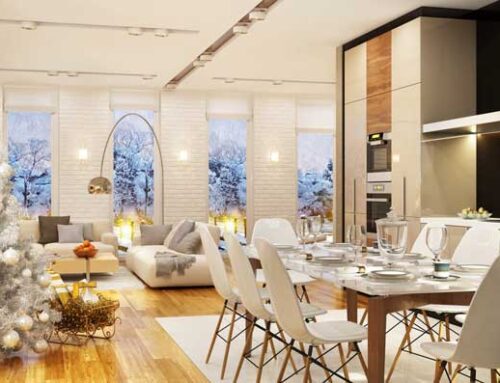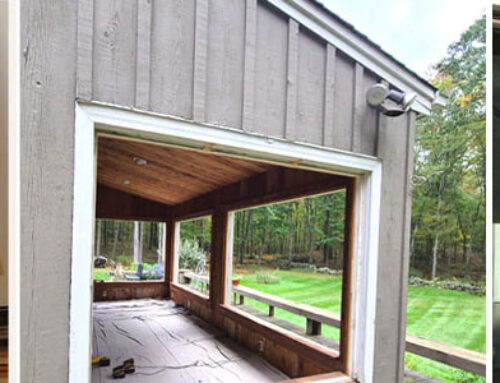In our previous post, we discussed Storm Windows and the minimal role they play in curbing energy losses for homes with modern double and triple-paned ENERGY STAR-rated windows. We also suggested that if your home already has energy-efficient windows, your money will be better spent elsewhere, and that includes energy-efficient window treatments.
The modern energy-efficient windows are designed to prevent heat transfer to the glass pane, and they have a coating that filters out UV rays to prevent the sunlight from overheating the rooms indoors.
Yet, even energy-efficient windows can benefit from certain window treatments that will help control, among other things, the amount of daylight that comes through at different times of the day. Some offer an extra layer of UV protection or improve air sealing for improved comfort.
Let’s look at the options, shall we?
We strongly suggest that all interior window treatments be operable, even if you do not intend to operate them often. Having the ability to open and close them as needed and wanted helps improve comfort and ambiance. You might want to keep your window coverings closed during the summer to keep the rooms cool, and you might open the shades to sunlight during the winter so that the sun heat helps warm up the rooms.
Interior window covering options include
-
Insulated Cellular Shades
If the idea is to increase the R-Value of your windows and control the amount of sunlight you allow into the room, cellular shades are the best option. Insulated cellular shades, made of pleated materials and accordion-like at the top or bottom window can be adjusted from either. They contain one or more air layers in honeycomb cross sections which act as insulation to increase R-value while reducing conduction heat through windows; this makes them highly effective for keeping warmth inside during cold weather outside! Some types of cellular shades offer automation capabilities and will open and close on a set schedule, that can be changed seasonally.
-
Window Quilts and Roman Shades
These treatments are the fabric that can be pleated and rolled up. They come in a myriad of colors and styles. The quilts are made with layers of quilted fabric, and because they fit snuggly on the window their R-Value is similar to that of the Cellular Shades, but they cost less. The Roman Shades’ R-Value will depend on the thickness of the fabric and how well they cover the window.
-
Roller shades
Inexpensive window coverings, but they don’t offer a lot of thermal protection, besides filtering the sunlight.
-
Window Blinds
Vertical or horizontal window blinds are better for reducing summer heat gain, reducing glare, and providing some level of control over how much sunlight is allowed in the room. Because of the openings between slats, it is difficult to control heat loss during the winter.
-
Curtains and Drapes
As it happens with roman shades, the drape’s ability to control heat transfer is dependent upon the thickness and type of the fabric, the weave, the window area covered, and the color. They are favored by homeowners because they are easy to operate, come in a variety of colors, sizes, and styles and help control how much sunlight enters the room. Long curtains, covering the window completely offer better thermal protection. According to the U.S. Dept. of Energy’s Energy Saver “During summer days, you should close draperies on windows receiving direct sunlight to prevent heat gain. Studies demonstrate that medium-colored draperies with white-plastic backings can reduce heat gains by 33%. When drawn during cold weather, most conventional draperies can reduce heat loss from a warm room up to 10% and increase the thermal comfort of the home.”
-
Window Films
Window films when applied to the glazing surface help decrease solar heat gain, glare, and ultraviolet exposure. They are a good option for homeowners with panoramic windows or those who do wish to hide the view behind curtains, blinds, or other window treatments. Window films are rated and labeled by the National Fenestration Rating Council according to their performance in a set of criteria. They can be applied by a DIYer because these films are available in many hardware stores, however, we offer a word of caution. Most window manufacturers will void their warranties if the film is installed on an IGU, so we strongly recommend that you leave it to a pro.
Visit the Efficient Window Coverings Collaborative for more information.



